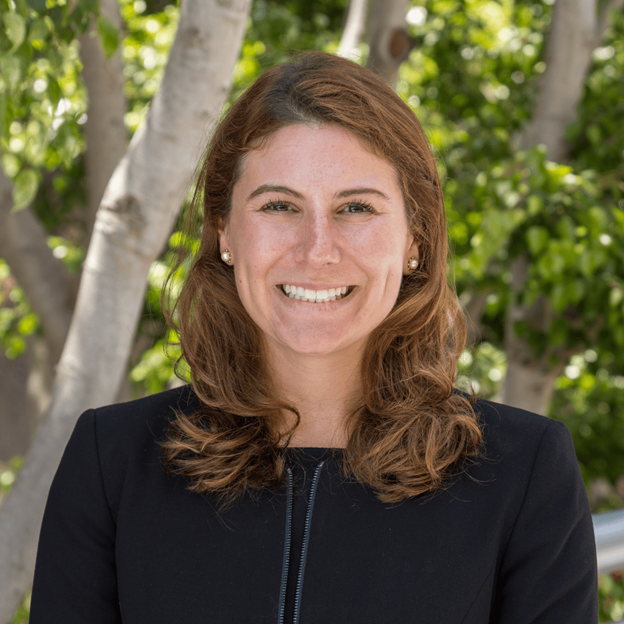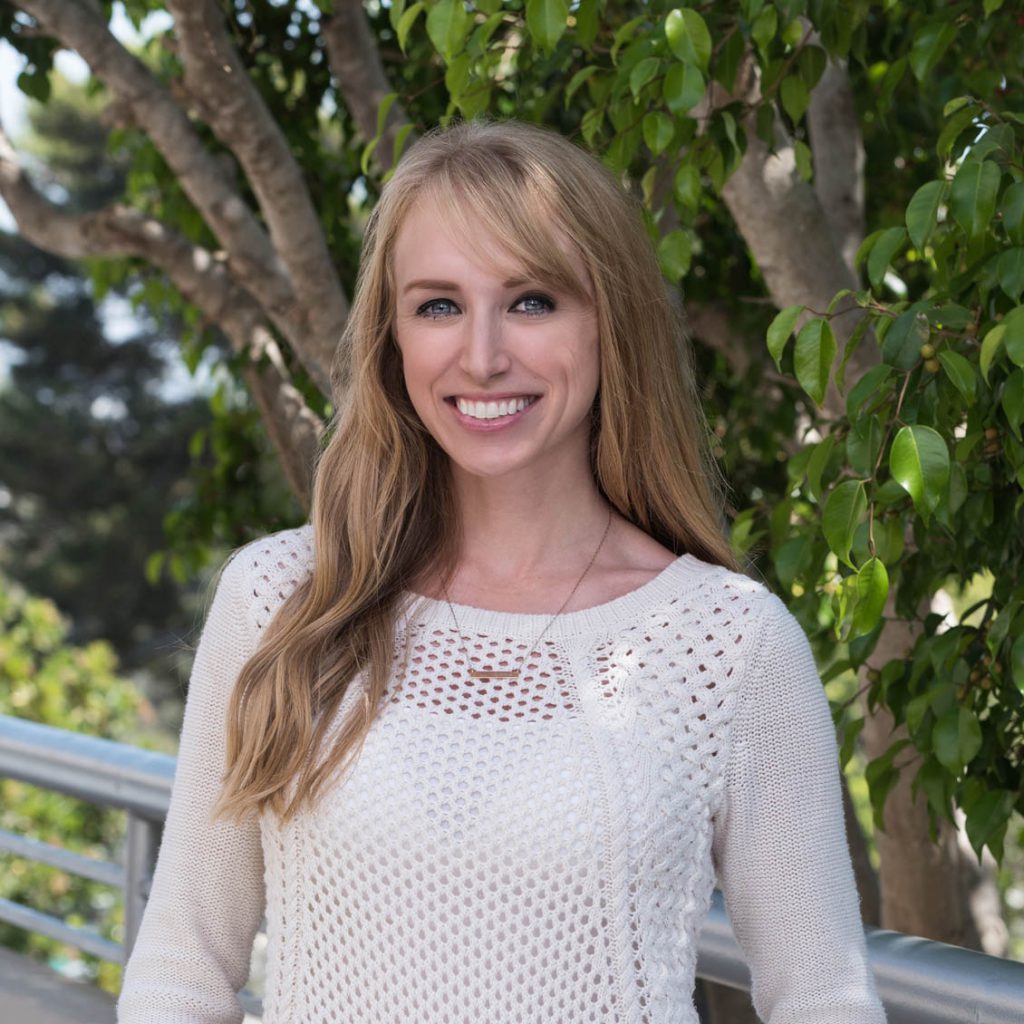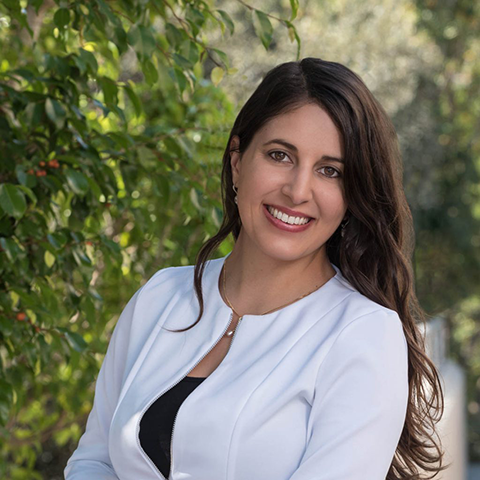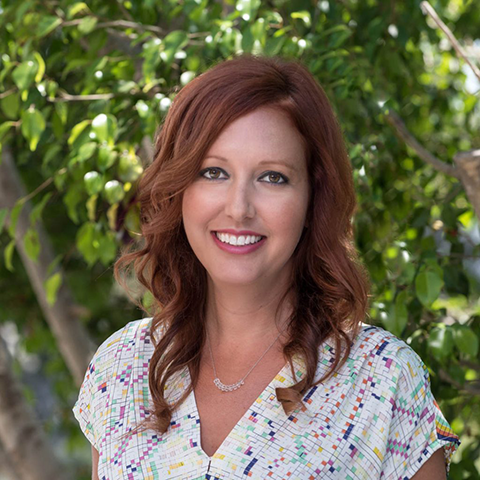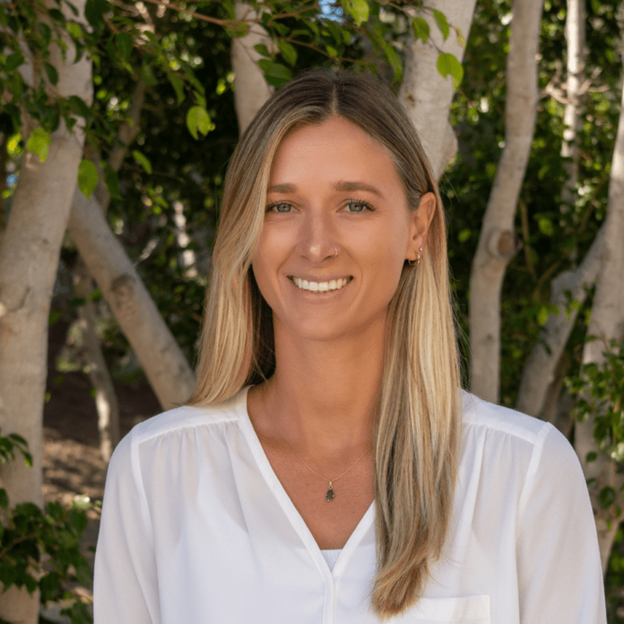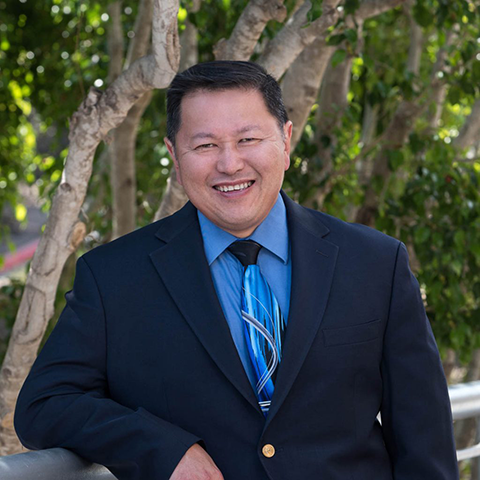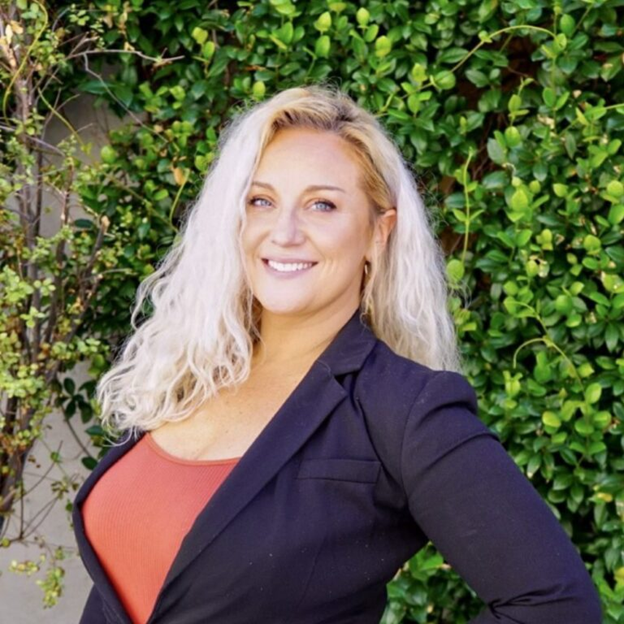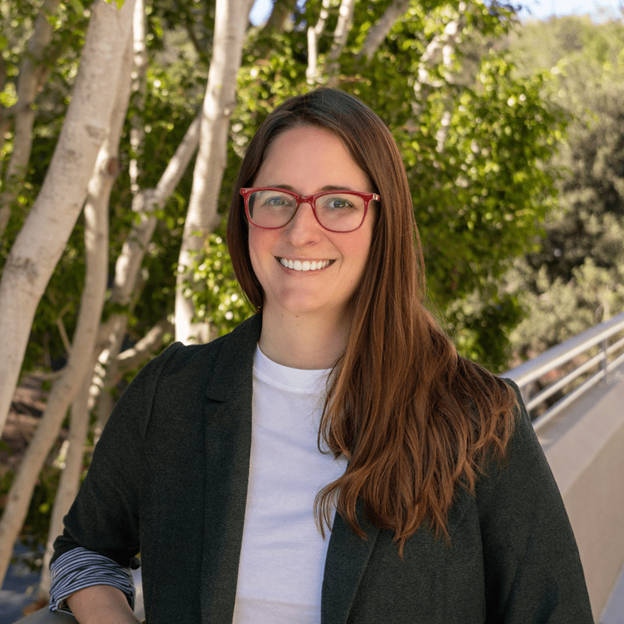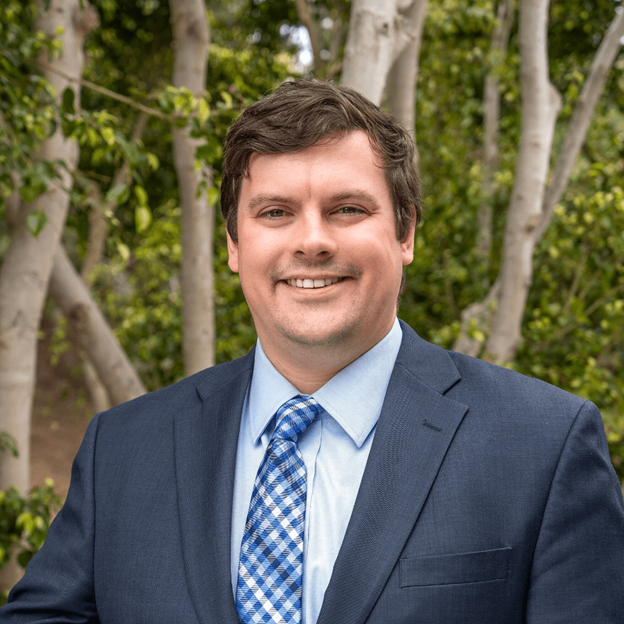|
What’s Inside: Roundtable with ARPA-H; 2024 Federal Priorities; Gov. Gavin Newsom’s ‘Early Action’ Budget Plan; Roundtable with South SF Mayor; Spotlight on LA’s Westside; and more.
|
|
Biocom California Hosts Roundtable with ARPA-H in San Diego
On April 4, Biocom California hosted a roundtable with the Advanced Research Projects Agency for Health (ARPA-H) Director Renee Wegrzyn and her team. San Diego life science companies, research institutes and universities had the unique opportunity to meet with the newest federal agency to discuss its research funding model and engage directly with high-level ARPA-H officials. The popular event was at maximum capacity with over 40 attendees. Read the full story.
|
|
 |
|
|
|
Biocom California President & CEO Joe Panetta (right) leads a panel discussion with ARPA-H Director Renee Wegrzyn (second to right) and her team.
|
|
|
|
Biocom California 2024 Federal Policy Priorities
After diligently gathering feedback from members during Q1, Biocom California is thrilled to share our detailed 2024 Federal Policy Priorities, which list our positions on issues important to our industry. Biocom California will continue to advocate on many different fronts related to patient access, research and pandemic preparedness, intellectual property, trade, taxes, regulatory issues, and agriculture and energy biotech.
|
Comments on Data Monitoring Committees in Clinical Trials
On Monday, Biocom California submitted a comment letter responding to the FDA’s draft guidance, Use of Data Monitoring Committees in Clinical Trials. The guidance provides considerations to help determine when a data monitoring committee would be useful and what procedures and practices should guide their operation. Thank you to our members for their valuable feedback.
|
|
Early Action on California’s Budget Deficit
Facing a budget shortfall estimated at somewhere between $38 billion and $73 billion, Gov. Gavin Newsom and legislative leaders announced an “early action” plan to tackle part of that gap before the regular budget process later this spring. Of the $17.3 billion in budget reductions Newsom and Democrats have agreed to so far, only $3.6 billion are actual cuts—the plan mostly relies on new revenue, internal borrowing and funding delays and shifts for savings. A proposed source of new revenue is a nearly $4 billion expansion of a tax on health insurance plans that allows the state to draw matching federal funds. Last week, lawmakers made the first cuts by passing a budget trailer bill that lowers unspent funding allocations by $1.6 billion. Many of the proposed reductions won’t be reflected in legislation until June or later this summer.
|
|
|
|
|
Biocom California’s roundtable with South San Francisco Mayor James Coleman (center),
Vice Mayor Eddie Flores (third from left) and the city’s economic development team.
|
|
|
|
|
Bay Area
|
Roundtable with South San Francisco Mayor & Vice Mayor
On March 7, Biocom California held a roundtable with South San Francisco Mayor James Coleman, Vice Mayor Eddie Flores and the city’s economic development team to discuss city and life science industry priorities. A variety of issues were covered, including workforce housing, access to transit, future life science developments and city services. We thank the city team and our members for joining us for this important exchange of information and ideas. To join future events, contact Christy Shirilla.
|
San Francisco Behind on Issuing Housing Permits
Federal data shows that San Francisco only issued permits for seven housing units in the first two months of 2024, its lowest number of permits in over a decade. This comes after the city adopted the Housing Element last year, committing to permitting 82,000 new homes by 2031. Zoning and housing production are key issues in the upcoming mayoral race.
|
Proposed State Bill Seeks $750 Million in New Taxes to Fund Transit
The Bay Area’s many transport agencies are facing imminent budget gaps as pandemic aid dries up and they struggle to recapture 2019 ridership levels. Two California state senators unveiled a bill that seeks $750 million for Bay Area public transport systems, most of which would come from a new tax on sales, regional payrolls, or properties.
|
|
|
|
San Diego
|
Update on the Sorrento Valley Coaster Station
On April 18, the North County Transit District (NCTD) Board of Directors will vote on whether to continue shuttle service from the Sorrento Valley Coaster station to employers surrounding the station, and to UTC and Mira Mesa. The Metropolitan Transit System board voted in 2023 to discontinue the service; NCTD has been studying the feasibility of taking it over and expanding shuttle routes. Biocom California is actively working with NCTD staff and advocating with its board to continue this important transit option for employees in San Diego’s life science hub. We will testify in support of the item at the hearing.
|
Henry Foster III Sworn in as District 4 City Councilmember
Henry Foster III was sworn in as District 4’s City Councilmember, representing Southeast San Diego. Councilmember Foster has said he plans to continue the work former Councilmember Monica Montgomery Steppe started: affordable housing, economic development and “livable and safe neighborhoods.”
|
University Community Plan Seeks to Increase High-Density Housing
Continuing the conversation around the University Community Plan from our last edition, the latest draft update is proposing more high-density housing in University City in an effort to shorten commute distances for the tens of thousands of people who work but don’t live in the neighborhood. This aligns with Biocom California’s support for more middle-income housing for the life science workforce in the area and with the city’s climate goals.
|
|
|
|
Greater Los Angeles
|
Biocom California Shines a Spotlight on LA’s Westside
This month’s Spotlight series brought together a panel of industry professionals to highlight UCLA’s acquisition of the former Westside Pavilion mall and its future as the UCLA Research Park, along with additional opportunities for life science growth on the Westside. The panel discussion emphasized the importance of readily available R&D spaces and policies that can facilitate future lab space to bolster the biotech ecosystem around UCLA’s exciting new investment.
|
Feasibility of Office-to-Lab Conversions in LA
With only a 3% vacancy rate in Los Angeles and Orange County laboratory space, office-to-lab projects are a chance to add value to commodity office space in the area, but developers and investors must assess feasibility and viability first. The most important factors for developers are costs and returns; the most important for tenants is getting operational as soon as possible.
|
Streamlining Los Angeles’ Housing Process
Los Angeles Mayor Karen Bass is hoping to make Executive Directive 1 (ED1), a program designed to speed up affordable housing construction, permanent. Issued December 2022, ED1 trimmed approval processes to 60 days and exempts the projects from lengthy environmental reviews. The city said it has seen an 85% increase in the annual number of affordable housing units proposed.
|
|
|
|
|
|
|
Upcoming Committee Meetings and Events
|
|
|
|
|
|
|
|
Zoe Bilis
Manager of Regulatory Policy
Washington, D.C.
|
|
|
Emily Cassel
Govt. Affairs Events & Project Manager
San Diego
|
|
|
Laure Clark
Sr. Director, Federal Policy & Govt. Affairs
Washington, D.C.
|
|
|
|
Melanie Cohn
Sr. Director, Regional Policy & Govt. Affairs
SD, LA, Bay Area
|
|
|
|
Jimmy Jackson
Senior Vice President
& Chief Policy Officer
San Diego
|
|
|
Casey O’Neill
Policy & Workforce Dev. Manager
Greater Los Angeles
|
|
|
|
Biocom California Advocacy
Biocom California is the largest, most experienced leader and advocate for California’s life science sector. Our public policy staff is strategically located in the Bay Area, Los Angeles, San Diego, Sacramento and Washington, D.C. We work with federal, state, and local governments to collectively pursue outcomes that benefit regional life science growth and contribute to a more innovation-friendly state. With over 28 years of experience, Biocom California works on behalf of more than {{{dynamic_content_1600}}} member companies statewide.
|
|
|





